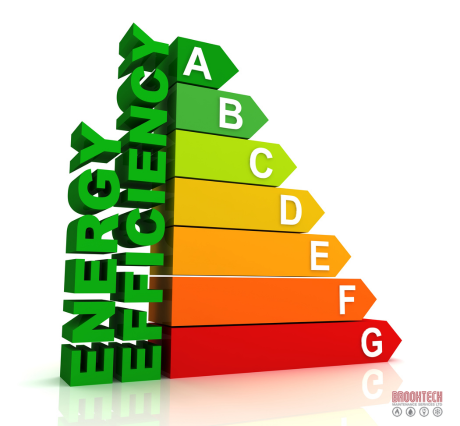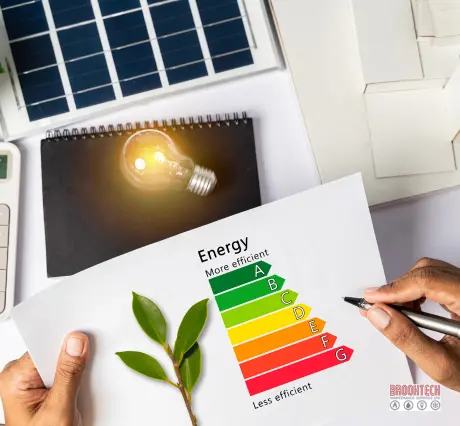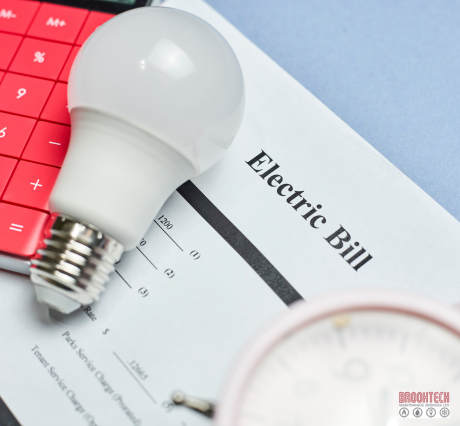Smart Energy Management: A Practical Guide For Busy Facilities Teams
Energy costs bite. Comfort matters. Downtime hurts. Smart energy management helps you balance all three. It uses data from meters and sensors to show where energy goes. Then it guides simple changes that cut waste without hurting operations.
At Brooktech, we focus on the parts that move the needle. Heating. Ventilation. Air conditioning. Refrigeration. Electrics. Maintenance keeps these systems efficient. Smart energy management makes them smarter.
Why smart energy management belongs in your plan
Most buildings waste energy. Heaters run in empty zones. Fans fight against blocked filters. Refrigeration short cycles because of dirty coils. Smart energy management shines a light on this. You see patterns, spot faults, and fix problems before they grow.
You also gain steadier temperatures and better air quality. Staff feel the difference. Clients do too.
The building blocks of smart energy management
You do not need a full refit to start. Begin with three pieces.
Live data. Smart meters and sub-meters show when and where you use energy. Add a few sensors for temperature, humidity, and occupancy.
Simple controls. Time schedules, setpoints, frost protection, and night set-back do the heavy lifting. Link runtimes to opening hours and cleaning windows.
Focused maintenance. Use the data to drive planned tasks. Clean what is dirty. Balance what is uneven. Repair what is failing. That is smart energy management in the real world.
Heating and HVAC: your biggest lever
Space heating and air handling often use the most energy. Start here.
- Service boilers, warm air units, and heat pumps before peak season.
- Balance radiators and verify fans and destratification units.
- Calibrate thermostats and check sensors sit in the right place.
- Tighten schedules so systems match real occupancy.
These basics deliver fast wins. They also give smart energy management clean inputs, so your data reflects reality.
Ventilation that saves energy and protects comfort
Fresh air is vital. Waste is not. Keep filters clean. Fix failed actuators. Set supply temperatures sensibly. Where you have heat recovery, confirm operation and seals. Use occupancy or time control for extract in low-use areas. You will cut kWh and reduce complaints. That is smart energy management at its most practical.
Refrigeration: small tasks, big savings
Refrigeration hates dirt and blocked airflow. Clean condenser coils. Clear drains. Check door gaskets. Keep stock clear of vents. Verify defrost settings. These tasks reduce runtime and protect product. Data from plug-in meters or built-in controllers will show the drop. It all feeds your smart energy management goals.
Lighting and electrics that do their share
LED upgrades help, but control matters more. Use occupancy sensors where traffic is patchy. Tighten time clocks. Check emergency lighting weekly and test to schedule. Carry out periodic inspections and PAT testing. Safe systems run better and waste less. That is the quiet power of smart energy management.
Water, heat loss, and the hidden loads
Leaking valves and constantly filling cisterns waste energy at the plant. Poor insulation on pipework loses heat before it reaches the room. Add these checks to maintenance routes. Repair leaks. Lag exposed pipework and valves. Keep water moving where needed for hygiene. Lower losses mean smaller bills and steadier comfort. Another tick for smart energy management.
- Turn data into a maintenance to-do list
- Data is only useful if it drives action. Build short routines.
- Review weekly trends for spikes and night use.
- Flag assets with rising consumption.
- Add targeted jobs to the next visit.
- Close the loop with a quick before-and-after check.
This turns smart energy management into everyday practice, not a one-off project.
Start small, scale what works
Do not try to fix everything at once. Pick one site or one system. Prove the saving. Then copy the method across your portfolio. Most teams see early wins from HVAC scheduling, coil cleaning, and setpoint tuning. Those savings fund the next steps. That is the spirit of smart energy management.
How Brooktech helps
We keep core building systems healthy. Our engineers service, repair, and improve:
- Heating and commercial boilers
- Air conditioning and ventilation
- Refrigeration and cold rooms
- Electrical systems, testing, and emergency lighting
- Plumbing and water treatment, including tank cleaning and Legionella control
- CCTV and site safety systems
We also run planned maintenance packages with fixed rates and priority response. We align tasks with your goals so smart energy management has strong foundations. Clean coils. Correct setpoints. Balanced systems. Safe electrics. Solid water hygiene. You get fewer breakdowns, lower energy use, and better comfort.
If you want a practical plan, we will map your assets, set a sensible schedule, and focus on quick wins first. Then we build from there. Contact us today to find out more.








